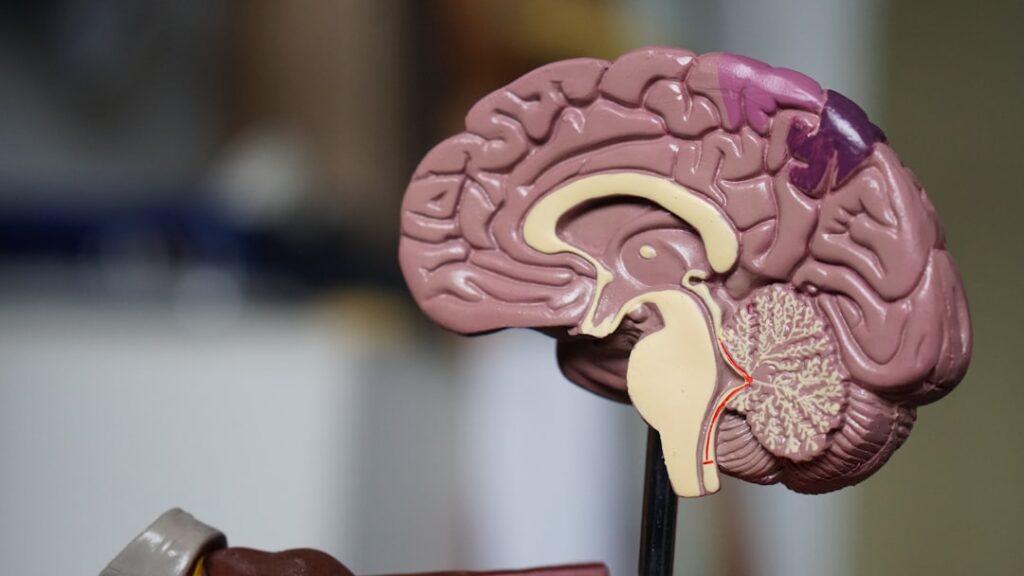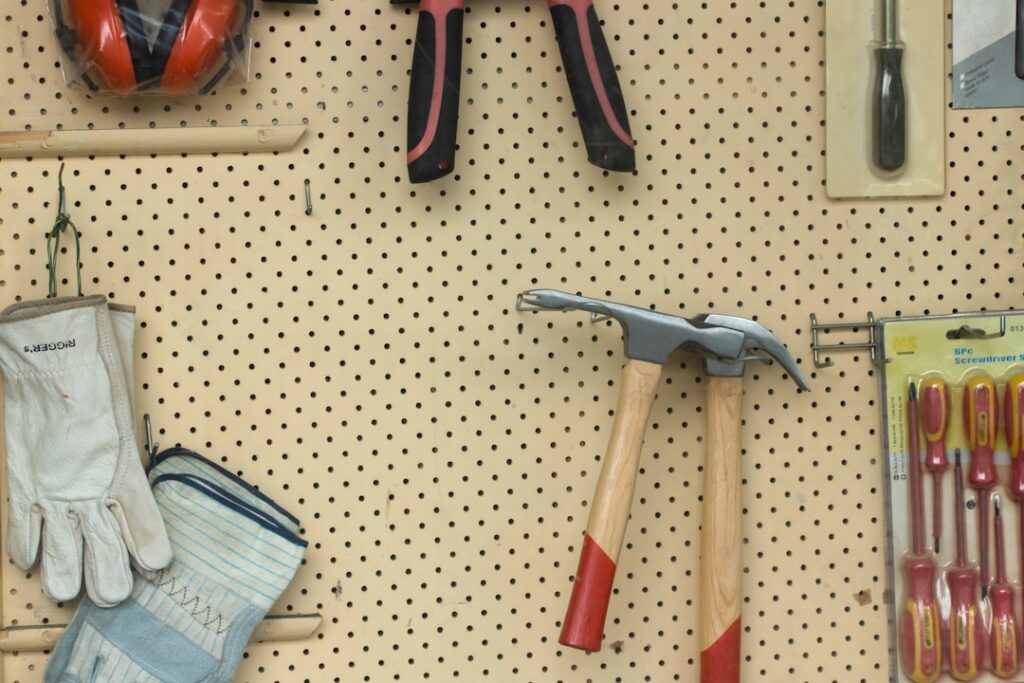
A curette is a dental instrument that is commonly used during dental cleanings to remove plaque and tartar from the teeth and gums. It is a handheld tool with a sharp, curved tip that allows dental professionals to effectively scrape away buildup from the surfaces of the teeth and along the gumline. The design of the curette allows for precise and controlled movements, making it an essential tool for maintaining oral health.
The use of a curette is an important part of the dental cleaning process, as it helps to remove stubborn plaque and tartar that cannot be removed through regular brushing and flossing alone. By effectively removing these deposits, a curette helps to prevent the development of gum disease and other oral health issues. Additionally, the use of a curette during dental cleanings can help to improve the overall appearance of the teeth, leaving them looking clean and polished.
Key Takeaways
- A curette is a dental tool used for removing plaque and tartar during cleanings.
- Using a curette helps prevent gum disease and gingivitis by effectively removing buildup from the teeth and gums.
- Proper technique is crucial when using a curette to ensure thorough plaque and tartar removal without causing damage to the gums.
- Regular use of a curette during dental cleanings supports overall oral health by preventing the development of oral diseases.
- Compared to other dental cleaning tools, a curette offers precise and targeted removal of plaque and tartar for a more thorough cleaning.
The Benefits of Using a Curette for Plaque and Tartar Removal
One of the primary benefits of using a curette for plaque and tartar removal is its ability to effectively remove buildup from the teeth and gums. Plaque is a sticky film that forms on the teeth and contains bacteria that can lead to tooth decay and gum disease if not removed regularly. Tartar, also known as calculus, is hardened plaque that cannot be removed through regular brushing and flossing. A curette allows dental professionals to carefully scrape away these deposits, helping to prevent oral health issues and maintain a healthy smile.
In addition to removing plaque and tartar, using a curette during dental cleanings can also help to smooth the surfaces of the teeth, making it more difficult for plaque to accumulate in the future. This can help to reduce the risk of developing cavities and gum disease, ultimately supporting long-term oral health. By incorporating the use of a curette into regular dental cleanings, individuals can enjoy the benefits of a cleaner, healthier mouth.
The Importance of Proper Technique When Using a Curette
Proper technique is essential when using a curette during dental cleanings to ensure effective plaque and tartar removal without causing damage to the teeth or gums. Dental professionals undergo extensive training to learn how to use a curette correctly, as it requires precision and skill to achieve optimal results. The angle at which the curette is held against the teeth and gums, as well as the pressure applied during scraping, are crucial factors in ensuring that plaque and tartar are removed thoroughly.
Using a curette with proper technique also helps to minimize discomfort for the patient during dental cleanings. When used incorrectly, a curette can cause unnecessary pain and irritation to the gums, which can lead to reluctance in seeking regular dental care. By employing the correct technique, dental professionals can provide a more comfortable experience for their patients while effectively removing plaque and tartar to support oral health.
How a Curette Helps Prevent Gum Disease and Gingivitis
Gum disease, also known as periodontal disease, is a common oral health issue that can lead to serious complications if left untreated. It is caused by the buildup of plaque and tartar along the gumline, which can irritate the gums and lead to inflammation and infection. Using a curette during dental cleanings helps to remove these deposits, reducing the risk of developing gum disease and gingivitis.
By effectively removing plaque and tartar with a curette, dental professionals can help to prevent the progression of gum disease and support the overall health of the gums. This is essential for maintaining strong and healthy teeth, as gum disease can lead to tooth loss if not addressed promptly. Regular dental cleanings using a curette can play a crucial role in preventing gum disease and gingivitis, ultimately supporting long-term oral health.
The Role of a Curette in Supporting Overall Oral Health
In addition to preventing gum disease and gingivitis, a curette plays a vital role in supporting overall oral health by removing plaque and tartar from the teeth and gums. These deposits can contribute to bad breath, tooth decay, and other oral health issues if not removed regularly. By incorporating the use of a curette into dental cleanings, individuals can enjoy improved oral hygiene and a reduced risk of developing common dental problems.
Furthermore, using a curette during dental cleanings can help to identify areas of concern, such as signs of gum disease or tooth decay, allowing for early intervention and treatment. This proactive approach to oral health can help individuals maintain healthy teeth and gums for years to come. By prioritizing regular dental cleanings that include the use of a curette, individuals can take an active role in preserving their oral health and preventing potential complications.
The Difference Between Using a Curette and Other Dental Cleaning Tools

While there are various tools used in dental cleanings, such as scalers and polishers, a curette offers unique benefits for plaque and tartar removal. Unlike scalers, which are designed to remove larger deposits of tartar from the teeth, a curette is specifically designed to remove smaller deposits of plaque and tartar along the gumline. This makes it an essential tool for targeting hard-to-reach areas where buildup tends to accumulate.
Additionally, unlike polishers which are used to smooth and polish the surfaces of the teeth after plaque and tartar removal, a curette is used specifically for scraping away deposits from the teeth and gums. Its sharp, curved tip allows for precise scraping motions that effectively remove buildup without causing damage to the tooth enamel or gums. The unique design of a curette makes it an indispensable tool for maintaining oral health during dental cleanings.
The Importance of Regular Dental Cleanings Using a Curette for Long-Term Oral Health
Regular dental cleanings using a curette are essential for long-term oral health, as they help to prevent the accumulation of plaque and tartar that can lead to gum disease, tooth decay, and other oral health issues. By scheduling routine cleanings with a dental professional, individuals can ensure that their teeth and gums are thoroughly cleaned using a curette to remove stubborn deposits that cannot be eliminated through regular brushing and flossing alone.
Furthermore, regular dental cleanings provide an opportunity for dental professionals to assess the overall health of the mouth and identify any potential issues that may require treatment. This proactive approach to oral health can help individuals maintain healthy teeth and gums while addressing any concerns before they develop into more serious problems. By prioritizing regular dental cleanings using a curette, individuals can take proactive steps towards preserving their oral health for years to come.
In conclusion, the use of a curette during dental cleanings plays a crucial role in maintaining oral health by effectively removing plaque and tartar from the teeth and gums. Its unique design allows for precise scraping motions that target hard-to-reach areas where buildup tends to accumulate. By incorporating regular dental cleanings using a curette into their oral care routine, individuals can enjoy improved oral hygiene, reduced risk of developing common dental problems, and long-term oral health benefits.
Sure, here’s a paragraph that mentions a related article to curette and includes a link to the website:
If you’re interested in learning more about the benefits of using a curette for skincare, be sure to check out “The Ultimate Guide to Skincare Tools” on The King Grastone. This comprehensive article delves into the various tools and techniques for achieving healthy, radiant skin, including the use of curettes for exfoliation and deep cleansing. Whether you’re a skincare enthusiast or a professional esthetician, this informative piece is a must-read for anyone looking to elevate their skincare routine.
FAQs
What is a curette?
A curette is a surgical instrument with a sharp, spoon-shaped tip that is used for scraping or removing tissue from a body cavity, such as the uterus or skin.
What are the different types of curettes?
There are various types of curettes, including uterine curettes used in gynecological procedures, dental curettes used for cleaning teeth and gums, and dermal curettes used for skin procedures.
How is a curette used in medical procedures?
In medical procedures, a curette is used to scrape and remove tissue from a body cavity, such as the uterus during a dilation and curettage (D&C) procedure, or from the skin during a skin biopsy.
Is a curette a reusable or disposable instrument?
Curettes can be both reusable and disposable, depending on the type and the specific medical procedure for which they are used. Reusable curettes are sterilized between uses.
What are the potential risks or complications associated with curettage procedures?
Potential risks or complications of curettage procedures may include bleeding, infection, perforation of the uterus, and incomplete removal of tissue. It is important for patients to discuss these risks with their healthcare provider before undergoing a curettage procedure.


